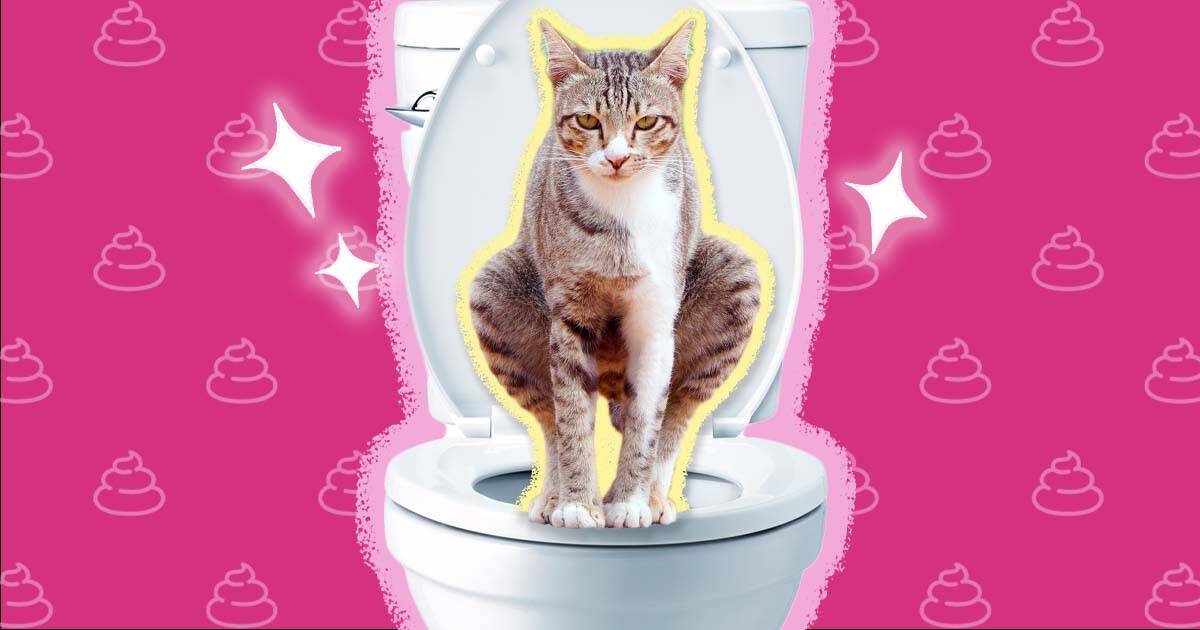In this article below you might get some sound points in regards to Don’t flush cat feces down the toilet.

Introduction
As feline proprietors, it's essential to be mindful of exactly how we dispose of our feline pals' waste. While it might seem convenient to flush pet cat poop down the toilet, this practice can have damaging consequences for both the environment and human health and wellness.
Environmental Impact
Purging cat poop introduces harmful microorganisms and parasites right into the water system, posing a significant threat to water ecosystems. These contaminants can negatively affect aquatic life and compromise water quality.
Health Risks
In addition to environmental concerns, purging pet cat waste can also pose health threats to human beings. Cat feces may consist of Toxoplasma gondii, a parasite that can trigger toxoplasmosis-- a potentially severe ailment, specifically for pregnant females and individuals with damaged immune systems.
Alternatives to Flushing
The good news is, there are safer and more liable ways to take care of cat poop. Think about the complying with choices:
1. Scoop and Dispose in Trash
One of the most common approach of disposing of feline poop is to scoop it right into a biodegradable bag and toss it in the trash. Make sure to make use of a devoted trash scoop and get rid of the waste without delay.
2. Use Biodegradable Litter
Choose naturally degradable feline trash made from products such as corn or wheat. These clutters are environmentally friendly and can be securely dealt with in the trash.
3. Hide in the Yard
If you have a backyard, consider burying cat waste in a designated area far from veggie yards and water resources. Make sure to dig deep sufficient to avoid contamination of groundwater.
4. Install a Pet Waste Disposal System
Invest in a pet dog garbage disposal system particularly developed for pet cat waste. These systems make use of enzymes to break down the waste, reducing smell and environmental influence.
Final thought
Liable family pet ownership prolongs beyond supplying food and shelter-- it likewise involves correct waste management. By avoiding purging cat poop down the toilet and choosing alternate disposal approaches, we can decrease our environmental footprint and safeguard human health.
Why Can’t I Flush Cat Poop?
It Spreads a Parasite
Cats are frequently infected with a parasite called toxoplasma gondii. The parasite causes an infection called toxoplasmosis. It is usually harmless to cats. The parasite only uses cat poop as a host for its eggs. Otherwise, the cat’s immune system usually keeps the infection at low enough levels to maintain its own health. But it does not stop the develop of eggs. These eggs are tiny and surprisingly tough. They may survive for a year before they begin to grow. But that’s the problem.
Our wastewater system is not designed to deal with toxoplasmosis eggs. Instead, most eggs will flush from your toilet into sewers and wastewater management plants. After the sewage is treated for many other harmful things in it, it is typically released into local rivers, lakes, or oceans. Here, the toxoplasmosis eggs can find new hosts, including starfish, crabs, otters, and many other wildlife. For many, this is a significant risk to their health. Toxoplasmosis can also end up infecting water sources that are important for agriculture, which means our deer, pigs, and sheep can get infected too.
Is There Risk to Humans?
There can be a risk to human life from flushing cat poop down the toilet. If you do so, the parasites from your cat’s poop can end up in shellfish, game animals, or livestock. If this meat is then served raw or undercooked, the people who eat it can get sick.
In fact, according to the CDC, 40 million people in the United States are infected with toxoplasma gondii. They get it from exposure to infected seafood, or from some kind of cat poop contamination, like drinking from a stream that is contaminated or touching anything that has come into contact with cat poop. That includes just cleaning a cat litter box.
Most people who get infected with these parasites will not develop any symptoms. However, for pregnant women or for those with compromised immune systems, the parasite can cause severe health problems.
How to Handle Cat Poop
The best way to handle cat poop is actually to clean the box more often. The eggs that the parasite sheds will not become active until one to five days after the cat poops. That means that if you clean daily, you’re much less likely to come into direct contact with infectious eggs.
That said, always dispose of cat poop in the garbage and not down the toilet. Wash your hands before and after you clean the litter box, and bring the bag of poop right outside to your garbage bins.
https://trenchlesssolutionsusa.com/why-cant-i-flush-cat-poop/

Do you like reading about Can You Flush Cat Poo or Litter Down the Toilet?? Try to leave a remark directly below. We would be pleased to see your ideas about this piece. We hope to see you back again in the near future. Do you know about another person who is in to the niche? Feel free to promote it. Thank you so much for going through it.
Book An Estimate Now